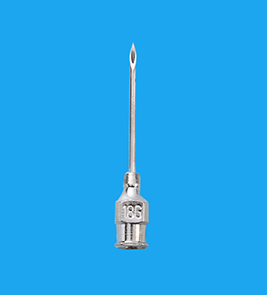Microcannula is a new technique in rhinoplasty that is gaining popularity among plastic surgeons.
One can use a thin, flexible tube to inject dermal fillers into the nose.
It minimizes the risk of bruising, swelling, and pain associated with traditional needles.
It is also less likely to cause damage to blood vessels and nerves in the nose.
The practitioner inserts the device into the nose through a small incision and then injects the filler into the desired area.
The procedure is less invasive than traditional rhinoplasty, and recovery time is shorter. Patients can return to their daily activities within a few days.
The use of microcannula on the nose has several advantages. One of the most significant benefits is the reduced risk of bruising, swelling, and pain.
The device is designed to be less traumatic to the skin and underlying tissuesThe cannula is also smaller than traditional needles, which reduces the likelihood of puncturing blood vessels and causing bleeding.
One can use microcannula to inject fillers into hard-to-reach areas of the nose, such as the tip and bridge. Traditional needles can be challenging to maneuver in these areas, which can result in uneven distribution of the filler.
It allows for more precise placement of the filler, resulting in a more natural-looking result.
However, the use of microcannula on the nose is not suitable for all patients.
Patients who require significant changes or those with structural issues may still require traditional rhinoplasty.
In conclusion, the use of microcannula on the nose is a safe and effective alternative to traditional rhinoplasty.
It offers several advantages, including reduced risk of bruising, swelling, and pain, and more precise placement of fillers. However, it is essential to consult with a qualified plastic surgeon to determine if microcannula is suitable for your individual needs





